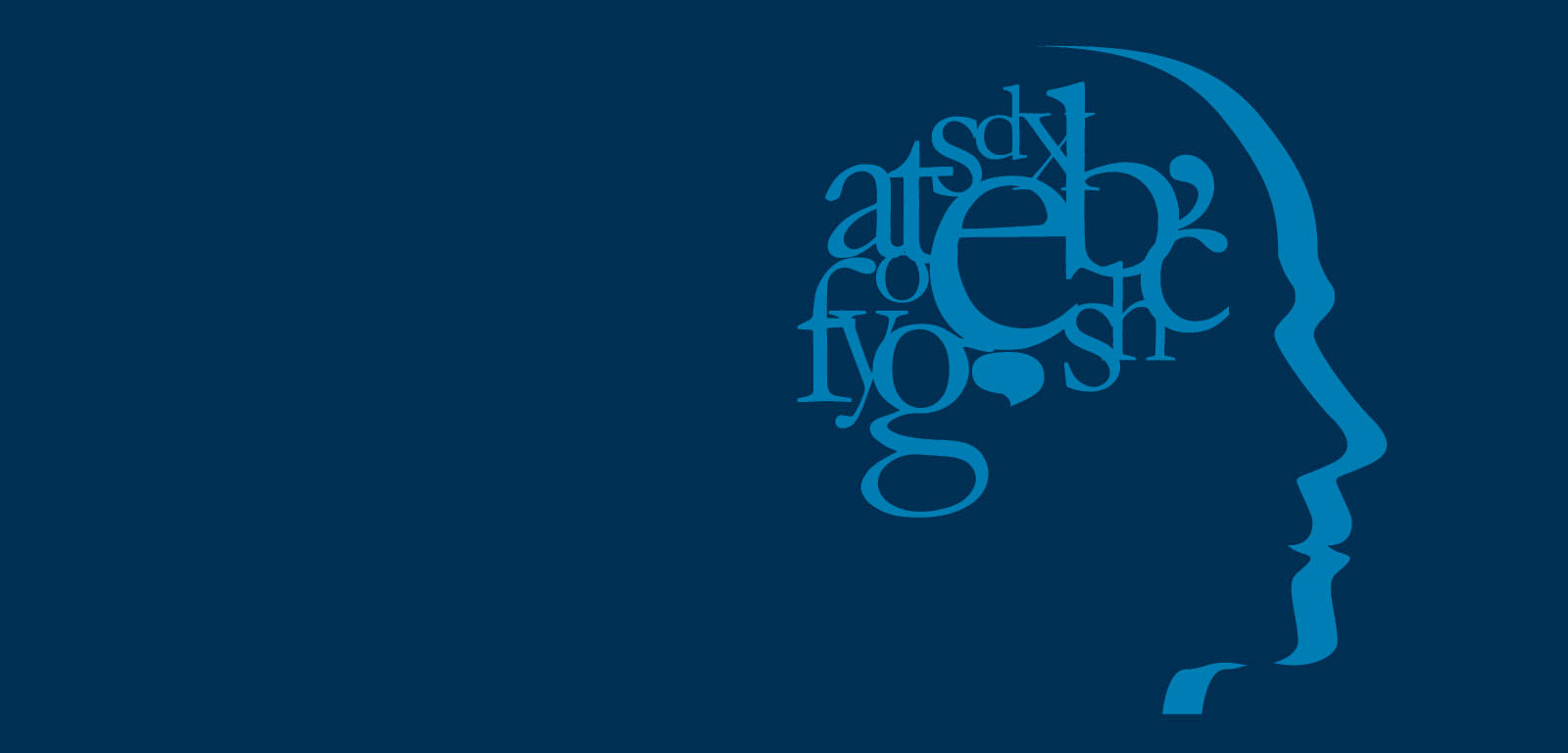Materia
Trends and Advances in Cognitive Neuroscience/Nuevas Tendencias y Avances en Neurociencia Cognitiva
Datos generales de la materia
- Modalidad
- Presencial
- Idioma
- Inglés
Descripción y contextualización de la asignatura
'Hot' research themes from cognitive neuroscience will be addressed. Review articles will be assigned to read. In the second half there will be student presentations of articles from the primary literature dealing with a specific research questionProfesorado
| Nombre | Institución | Categoría | Doctor/a | Perfil docente | Área | |
|---|---|---|---|---|---|---|
| CARREIRAS VALIÑA, MANUEL FRANCISCO | Universidad del País Vasco/Euskal Herriko Unibertsitatea | Investigador Distinguido | Doctor | No bilingüe | ** n o c o n s t a e l a r e a * ó " á r e a p r o v i s i o n a l" | manuelfrancisco.carreiras@ehu.eus |
| RAY , DIPANJAN | Basque Center on Cognition, Brain and Language (BCBL) | Otros | Doctor |
Competencias
| Denominación | Peso |
|---|---|
| CE1. Adquisición de conocimientos avanzados sobre temas avanzados en neurociencia cognitiva | 25.0 % |
| CE2. Conocer las principales metodologías en el estudio de temas avanzados sobre neurociencia cognitiva. | 25.0 % |
| CE3. Aplicar los conocimientos adquiridos de forma creativa para identificar problemas y plantear diseños de investigación sobre los temas discutidos en el curso. | 25.0 % |
| CE4. Identificación de los sistemas y procesos en temas avanzados en neurociencia cognitiva. | 25.0 % |
Tipos de docencia
| Tipo | Horas presenciales | Horas no presenciales | Horas totales |
|---|---|---|---|
| Magistral | 10 | 10 | 20 |
| P. de Aula | 10 | 10 | 20 |
| P. Ordenador | 10 | 25 | 35 |
Sistemas de evaluación
| Denominación | Ponderación mínima | Ponderación máxima |
|---|---|---|
| Exposiciones | 50.0 % | 50.0 % |
| Trabajos Prácticos | 50.0 % | 50.0 % |
Temario
We will provide an overview on the recent trends and advances in Cognitive Neuroscience.The overarching goal of this course is that the student acquires a critic view to the field. Relevant papers will be discussed in groups. The first part of the course will be devoted to math cognition and math cognition in bilinguals. In addition, different techniques for research in this domain will be described (e.g., comparative studies, neuroimaging and brain stimulation among others). The second part will be devoted to multisensory processing (e.g., mechanisms of multisensory integration, cross-modal plasticity in blind and deaf individuals, role of visual information in speech processing). In the third part we will discuss about recent hot topics of the field. Some themes in past years were: What can we learn about human language in the brain from birdsongs and other vocal behavior in animals? What is the function of the so called visual word form area? Can Cognitive Neuroscience inform Education?
Bibliografía
Materiales de uso obligatorio
There is no textbook for this class, a list of readings selected from scholarly articles and book chapters will be provided at the beginning of the course.Bibliografía básica
Friederici, A. (2009. Pathways to language: fiber tracts in the human brain. Trends in Cognitive Sciences, 13, 175-181Gallese, V., & Goldman, A. (1998). Mirror neurons and the simulation theory of mind reading. Trends in Cognitive
Science, 2, 493-501.
Henson, R. (2005). What can functional neuroimaging tell the experimental psychologist? The Quarterly Journal of
Experimental Psychology, 58A(2), 193-233.
Kotz, S., & Schwartze, M. (2010). Cortical speech processing unplugged: a timely subcortico-cortical framework. Trends in Cognitive Sciences, 14, 392-399.
Novick, J.M., Trueswell, J.C., & Thomson-Schill, S.L. (2005). Cognitive control and parsing: Reexamining the role of
Broca¿s area in sentence comprehension. Cognitive, Affective, & Behavioral Neuroscience, 5 (3), 263-281.
Robertson, E. M., Théoret, H., & Pascual-Leone A. (2003). Studies in cognition: the problems solved and created by
Transcranial Magnetic Stimulation. Journal of Cognitive Neuroscience, 15:7, 948¿960.


